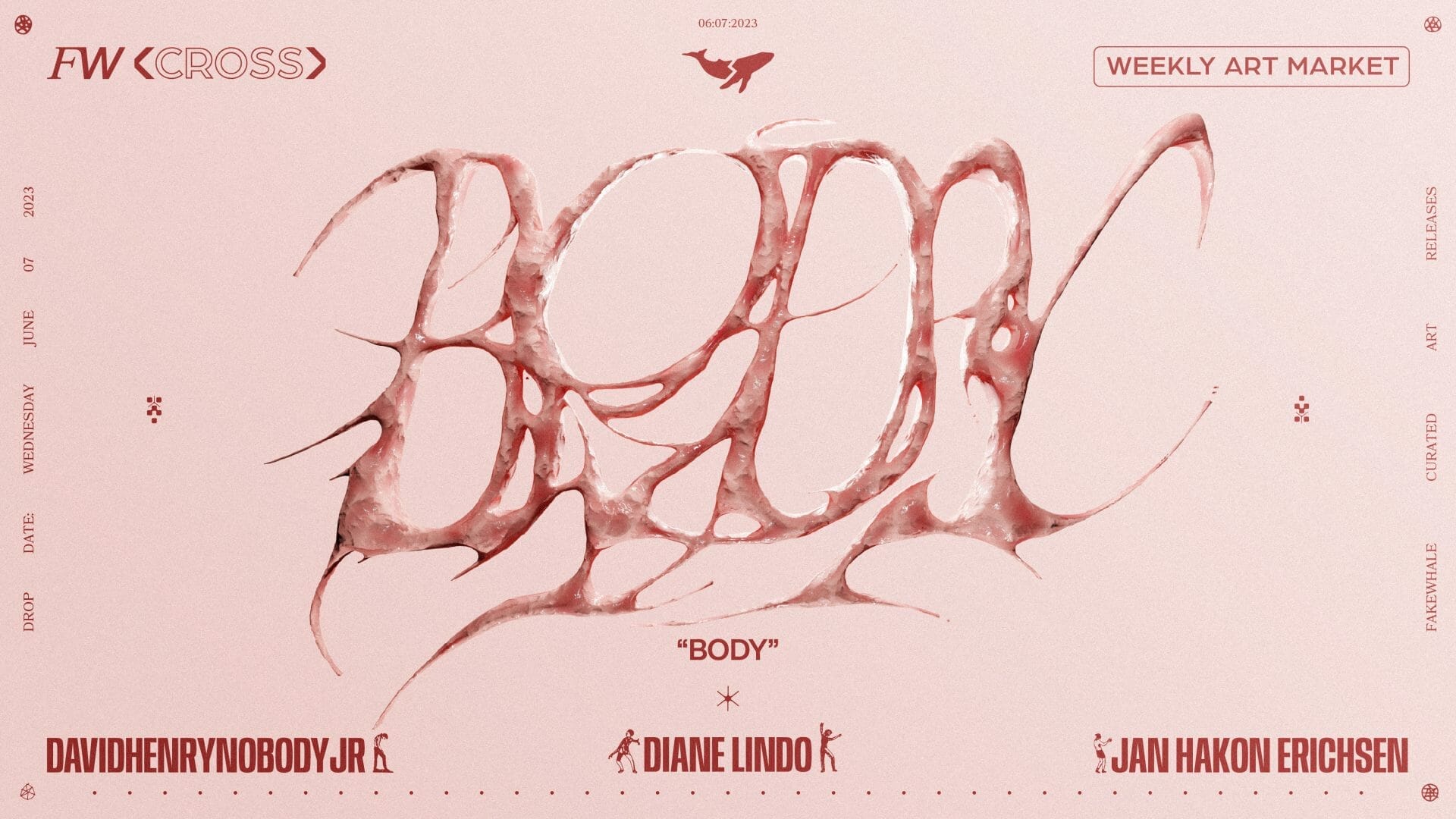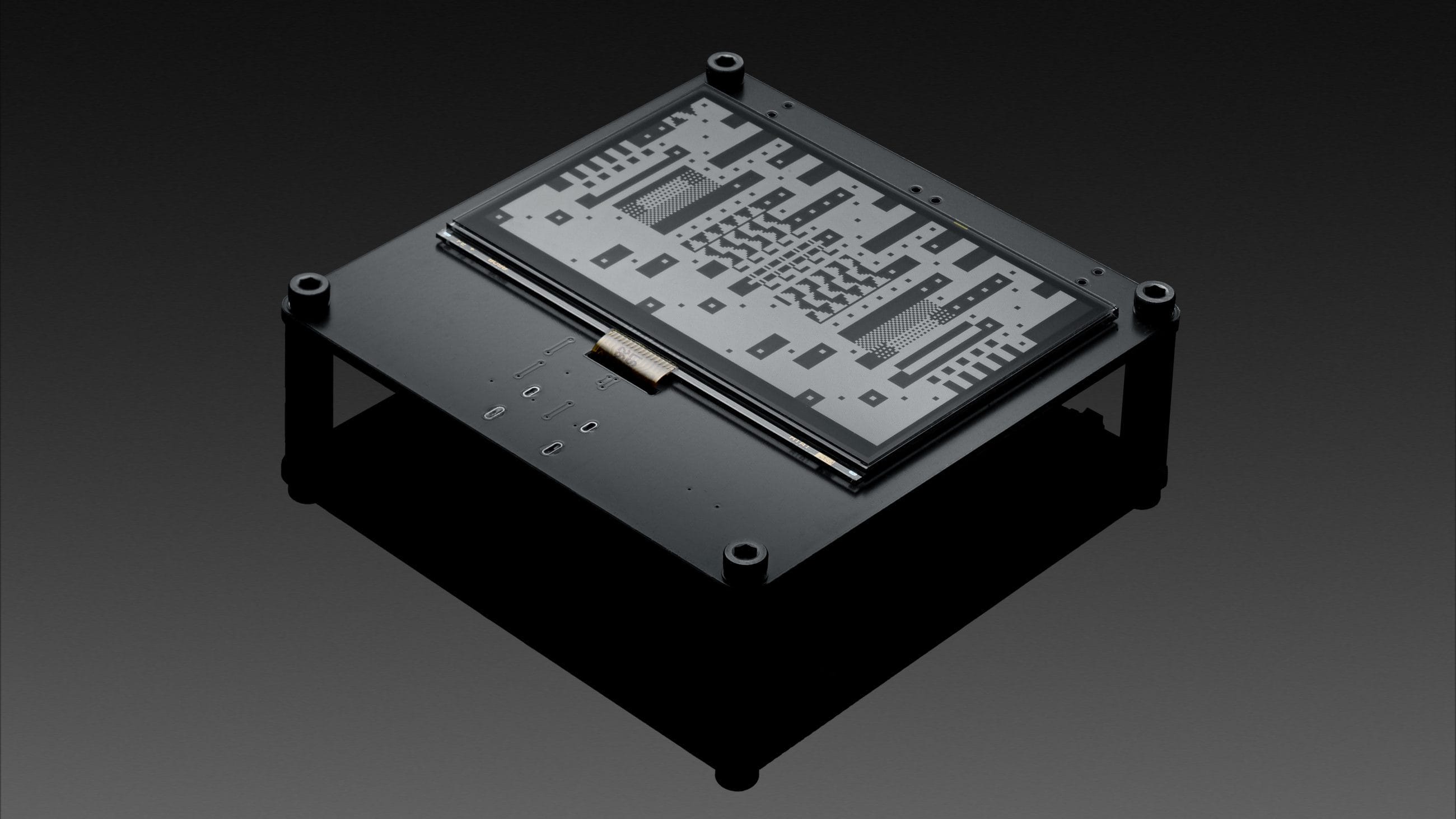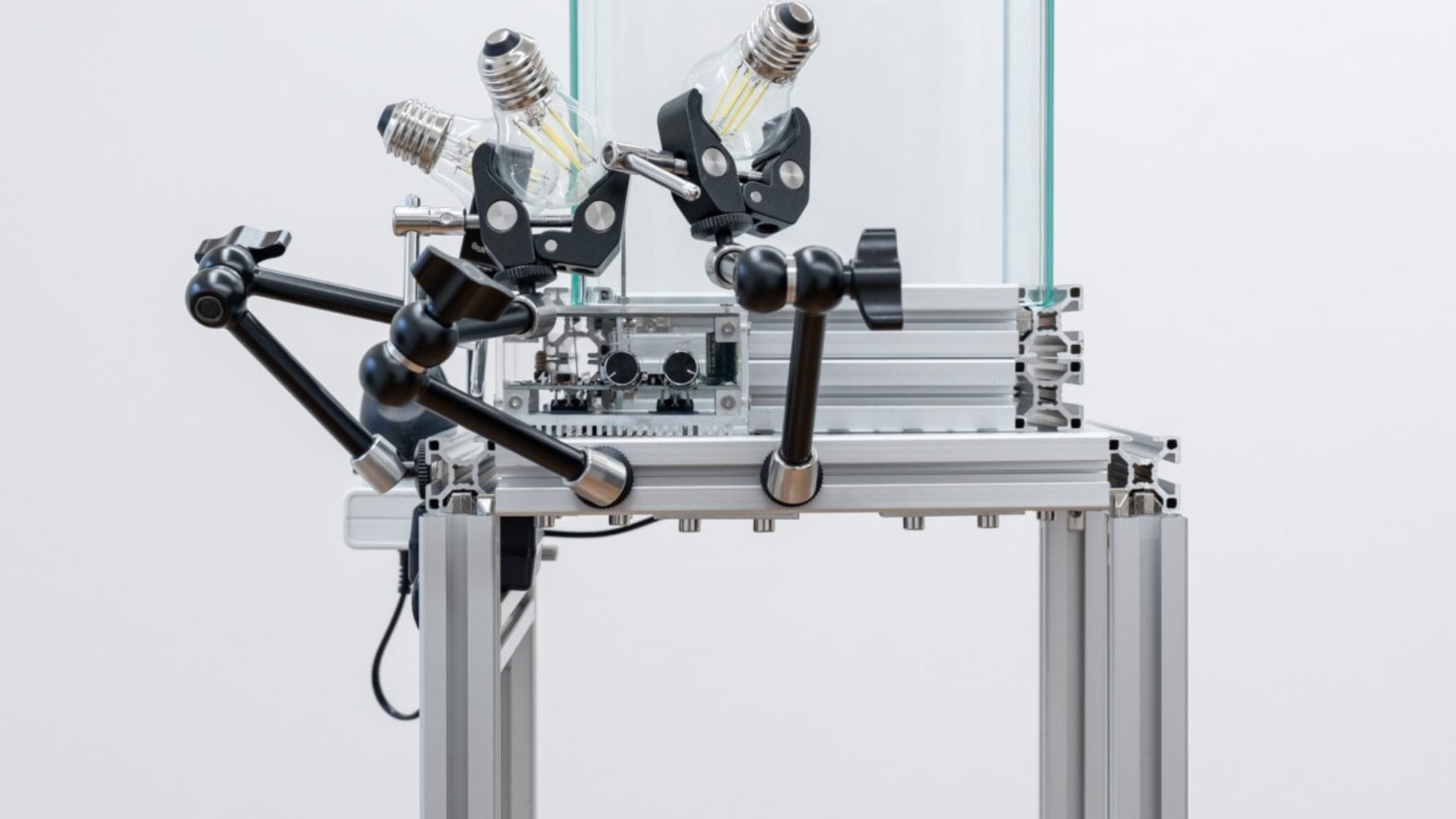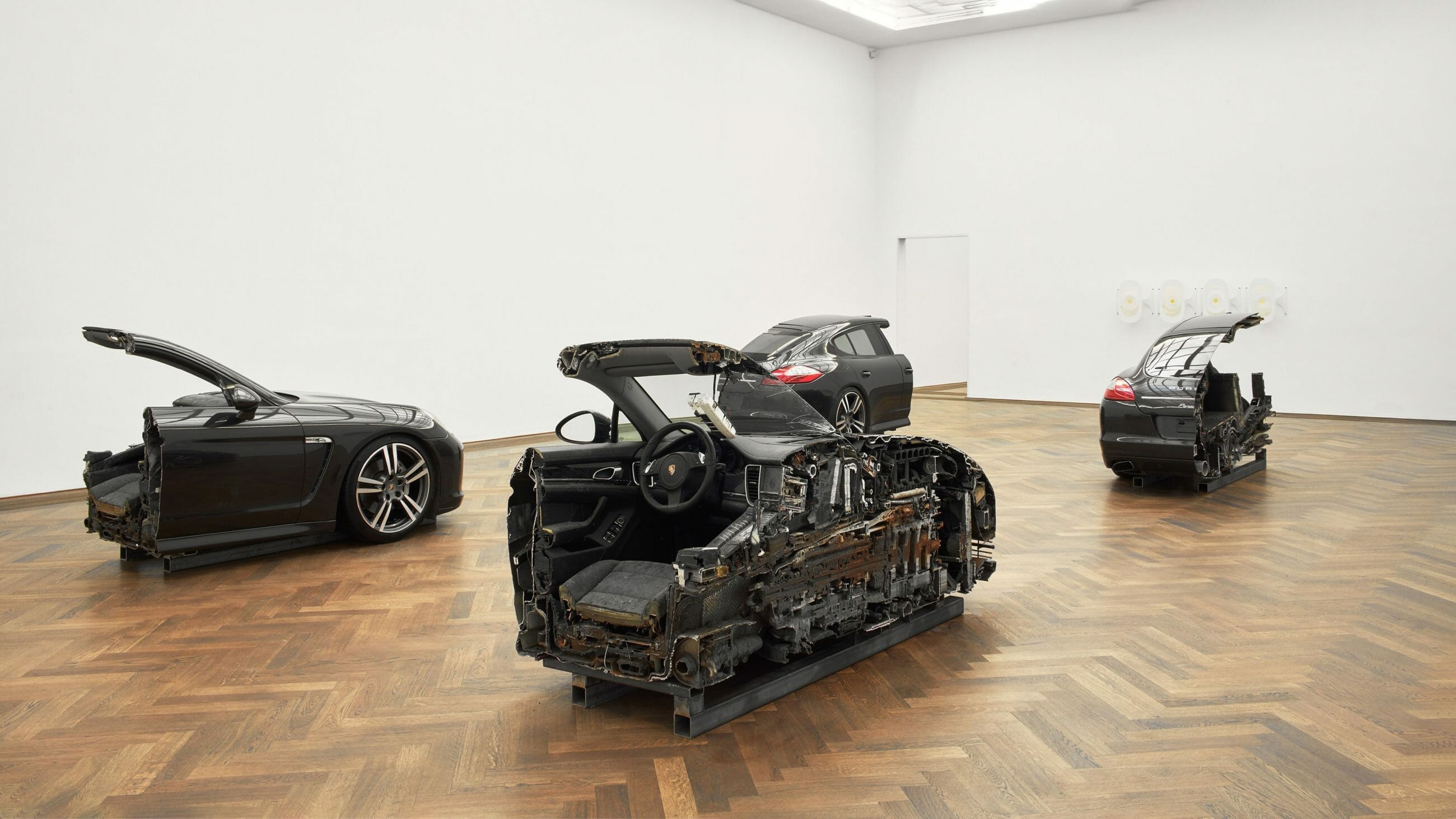
Yngve Holen: Body and Alienation in the Modern World
In contemporary art, the human figure often takes a central position. However, in the work of the Norwegian-German artist Yngve Holen, the human body seems conspicuously absent. Yet, this absence is merely superficial, as his art deeply probes our relationship with technology and, through it, reshapes our perception of the body.

A Reflection on the Human Body
Yngve Holen, though he doesn’t directly depict the human figure in his works, adopts a unique approach to explore the notion of the body in the modern age. His art prompts reflection on the myriad facets of our physical existence and on the implications of the body within the realms of consumption, technology, and industrialization.
In pieces like “Sensitive to Detergent, Moving Forward,” an intriguing dichotomy emerges: the juxtaposition of everyday objects, like a washing machine drum, with unconventional, technological representations of the body, such as a 3D-printed chicken breast. This melding of the organic and inorganic raises fundamental questions about our relationship with technology and its impact on the human body. Though these objects may seem far removed from our bodily experience, they evoke our growing alienation from and dependence on technology.
Through the disassembly and reconfiguration of familiar items, Holen underscores our increasing detachment from the physical world. His use of industrial machinery, electronics, and cutting-edge techniques like 3D printing illuminates the tension between the human and the mechanical. In a world increasingly dominated by screens and interfaces, Holen invites us to ponder the absence of the body, while simultaneously emphasizing its omnipresence and significance in our everyday lives.
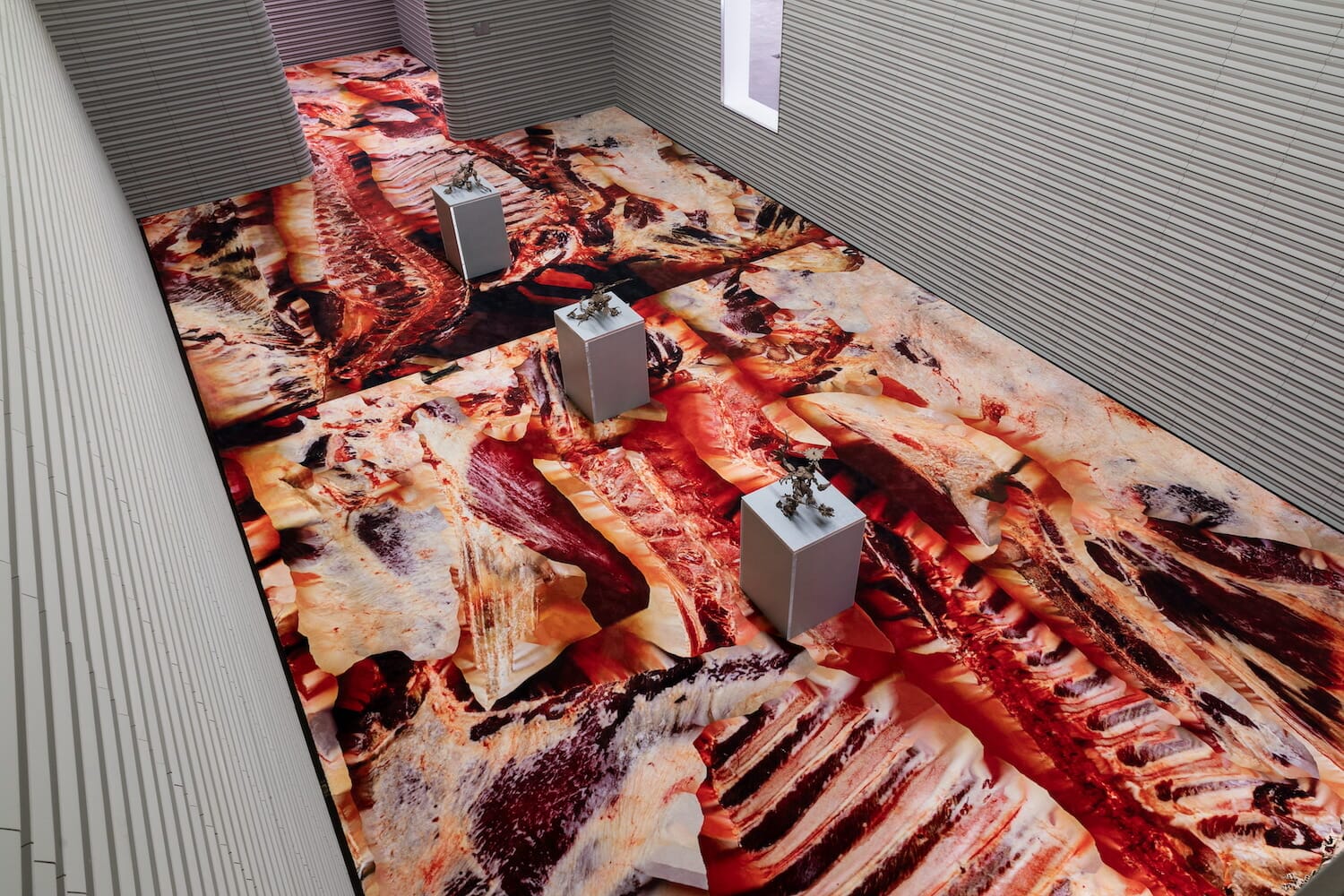
The Influence of Technology
Technology is not just a tool; it becomes a central protagonist in Holen’s work, a lens through which the profound implications of the digital age on our existence are explored. His curiosity about the technologies that define and permeate our daily lives goes beyond mere representation.
“World of Hope” stands as a prime example of how Holen manages to deconstruct and decontextualize medical technology, turning it into art. The use of Siemens CT scanner components, typically employed to visualize the inside of the human body, is transformed into a provocation here. These sculptures, although constructed from tools used in daily practice to probe the human interior, paradoxically remain closed and inaccessible, refusing to offer an inner view. Holen toys with this irony, suggesting that despite rapid technological advancements, there are facets of the human experience that remain unfathomable and enigmatic.
Furthermore, through the utilization of such components, the artist prompts us to question the growing intersection between the body and machine. As medicine progresses and becomes ever more reliant on technology, what does it truly mean to “see” or “know” the human body? Holen challenges our blind faith in technology and proposes that, despite our increasingly sophisticated capabilities to scrutinize and analyze, a genuine and profound understanding of human essence might elude us.

The Dialogue Between Surface and Depth
Yngve Holen’s work is permeated by a tangible tension between what’s seen on the surface and what lies beneath. Through his installations, the artist beckons viewers to delve deeper, to look beyond the immediate appearance of the object presented and probe the hidden truths of our society and its mechanisms.
His artworks act as raw, unfiltered conversations with the viewer, illuminating our culture’s obsession with appearances, the sacrifice of self to meet often distorted ideals, and the commodification of the human body.
Holen delves into the cryptic language and “inside jokes” of niche industries, unveiling an uncomfortable truth: behind the polished surfaces and promises of perfection often lie tales of exploitation, alienation, and dehumanization. He challenges audiences to reflect on how these seemingly distant sectors, in fact, mirror broader trends in our society: the obsession with perfection, reliance on external validation, and the ongoing quest for superficial gratification.
His semiotic approach, playing with the slippage of meanings and reinterpretation of familiar slogans, further underscores this theme. Viewers are consistently nudged to question the meaning, context, and concealed truth behind words and images. With his knack for manipulating symbols and references, Holen foregrounds the issue of truthfulness in the information age and reminds us that, in a world overwhelmed by content and visual bombardment, genuine meaning might be more elusive than we think.
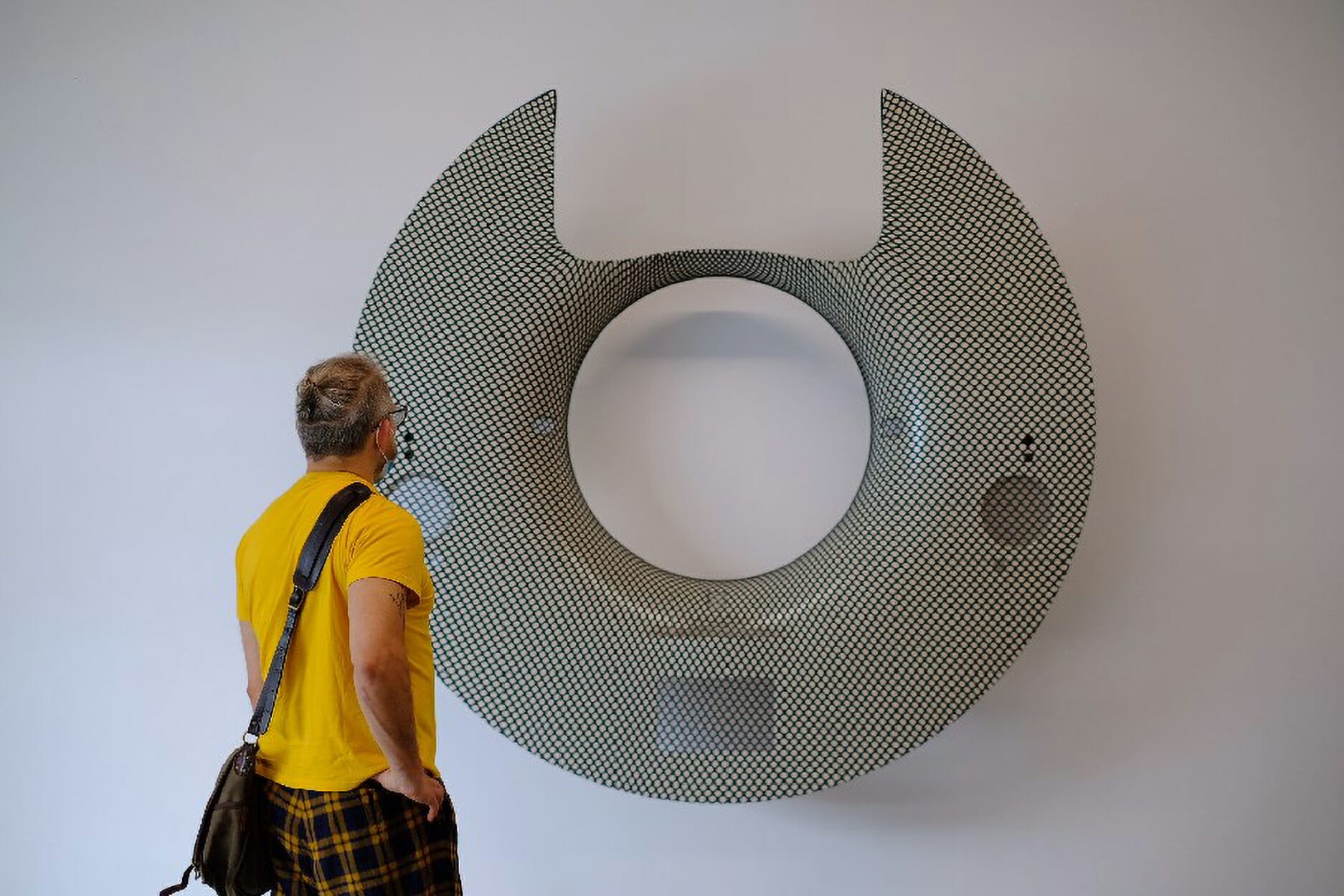
Humanism in an Age of Technological Alienation
The swift technological progression of our time, while promising, has also cast many shadows on the nature of our existence. As we become more digitally connected, paradoxically, we might also feel increasingly alienated on a human level. Yngve Holen, with his incisive artworks, addresses this very dichotomy.
Within the context of Holen’s pieces, the delicate boundary between human and object, organic and inorganic, is illuminated. The works, though often devoid of human form, evoke powerful implications about the current state of humanity in the digital age. The artist’s use of industrial objects, such as medical scanner parts or electronic components, prompts reflection on the growing symbiosis between man and machine and how this relationship might influence our perception of ourselves and others.
Yet, what stands out most in Holen’s art isn’t merely a critique of technological alienation but also a nod to the intrinsic value of human experience. Despite his tendency to explore intricate themes through the lens of technology, there’s a subtle layer of humanism permeating his work. The artist invites us to consider how, despite technology’s marvels, there are fundamental aspects of the human experience that remain intact, irreducible, and ultimately valuable. While his works might evoke a reality where the individual could be reduced to a mere cog in an increasingly complex machine, they also remind us of the importance of preserving our essence, our vulnerability, and our capacity for genuine connection. Through his artistic exploration, Holen offers a balanced vision of the future: one where technology can coexist with humanity, rather than overshadow or replace it.
Yngve Holen is an artist that pushes audiences to contemplate our position in an ever-technological world. Through his diverse practice, which still centers on the object and sculpture, we can experience the intricate intersections of body, machine, and society.
Night Time Story
NIGHTTIMESTORY is a decentralized and online project that aims to be a platform for show a wide range of contemporary art forms, including visual art, videoart, conceptual art theory, NFTs, and critique.
You may also like
BODY | FW CROSS
An Exploration of the Human Canvas: Fakewhale Cross presents BODY On June 7th, 2023 Fakewhale presen
Andreas Gysin’s Digital-Physical Continuum
Andreas Gysin is a Swiss-born graphic designer and generative artist that stands at the intersection

